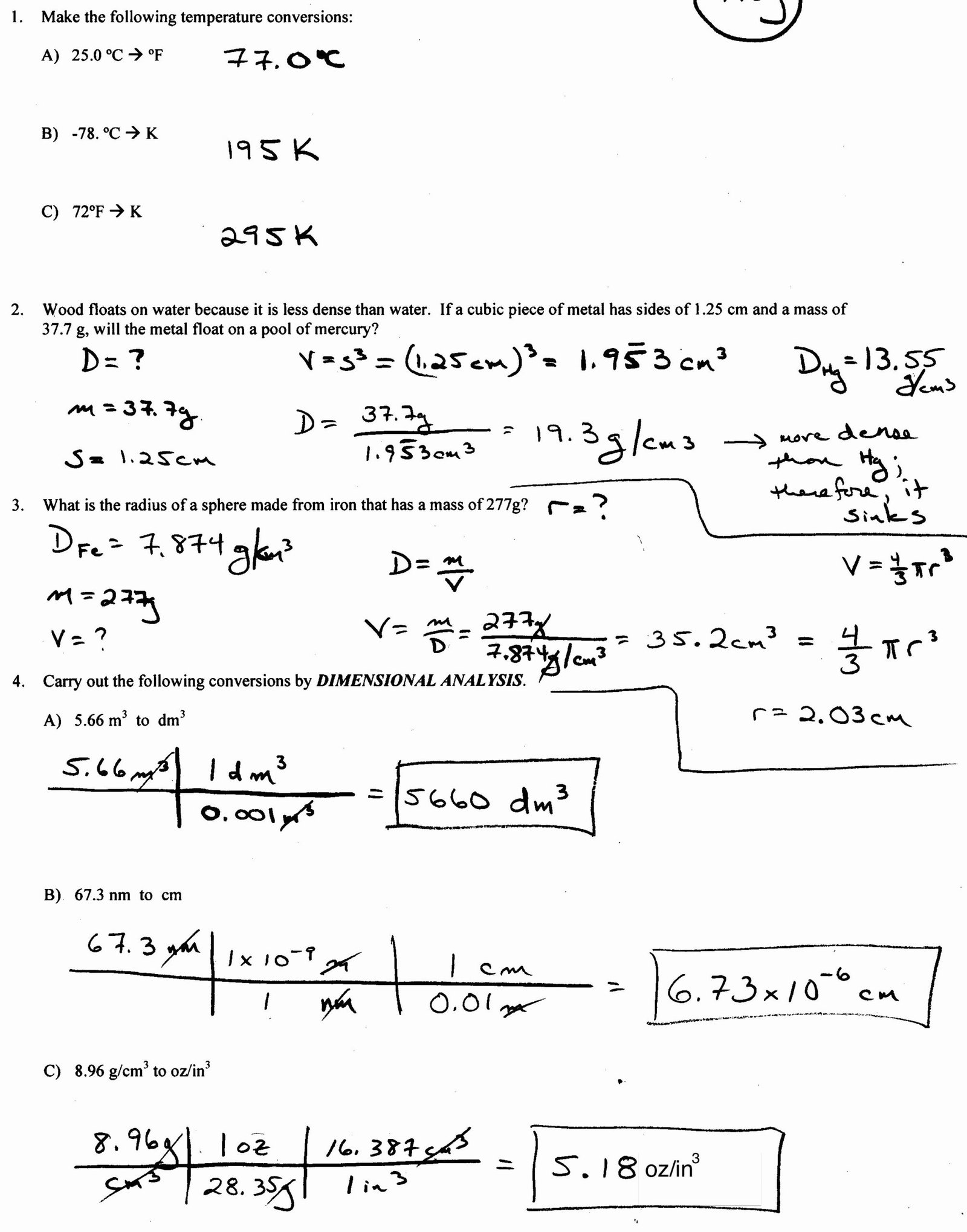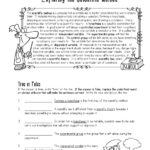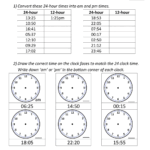What are Dimensional Analysis Worksheets?
Dimensional analysis worksheets are educational tools designed to help students understand and practice the concept of dimensional analysis. This method is used in science and mathematics to convert between different units of measurement and solve complex problems.
How do Dimensional Analysis Worksheets work?
Dimensional analysis worksheets typically consist of a series of problems or exercises that require students to convert units of measurement using dimensional analysis techniques. These worksheets provide a step-by-step guide on how to set up and solve conversion problems, making it easier for students to grasp the concept.
Why are Dimensional Analysis Worksheets important?
Dimensional analysis is a fundamental skill in many scientific and mathematical disciplines. It allows individuals to convert between different units of measurement accurately, ensuring precise calculations and meaningful results. By practicing with dimensional analysis worksheets, students can develop their problem-solving abilities and improve their understanding of measurement conversions.
Benefits of using Dimensional Analysis Worksheets
1. Enhanced understanding: Dimensional analysis worksheets break down complex conversion problems into manageable steps, helping students understand the underlying concepts.
2. Improved problem-solving skills: Regular practice with dimensional analysis worksheets strengthens students’ ability to solve problems involving unit conversions.
3. Increased accuracy: By using dimensional analysis, students can ensure accurate and consistent conversions, reducing the risk of errors in calculations.
4. Real-world application: Dimensional analysis is a practical skill used in various scientific and mathematical fields, making these worksheets relevant to everyday life.
How to effectively use Dimensional Analysis Worksheets
1. Read the problem carefully: Understand the given information and what units need to be converted.
2. Identify the conversion factor: Determine the relationship between the starting and desired units.
3. Set up the dimensional analysis problem: Write down the given information and use conversion factors to cancel out unwanted units.
4. Perform the calculations: Multiply and divide across the fractions, canceling units as necessary.
5. Check your answer: Ensure the final units are correct and make sense in the context of the problem.
Conclusion
Dimensional analysis worksheets are valuable tools for students learning and practicing unit conversions. By breaking down complex problems into manageable steps, these worksheets enhance understanding, improve problem-solving skills, and promote accurate conversions. Regular practice with dimensional analysis worksheets can empower students to confidently tackle measurement conversions in various academic and real-life scenarios.
Dimensional Analysis Worksheet
Dimensional Analysis Practice Worksheet With Answers Pdf Askworksheet
Unit 1 Worksheet 6 General Chemistry Dimensional Analysis
Dimensional Analysis Worksheet 25
Dimensional Analysis Worksheet 2
Dimensional Analysis Worksheet 20
Dimensional Analysis Worksheet Answers Chemistry
Dimensional Analysis Worksheet 2














